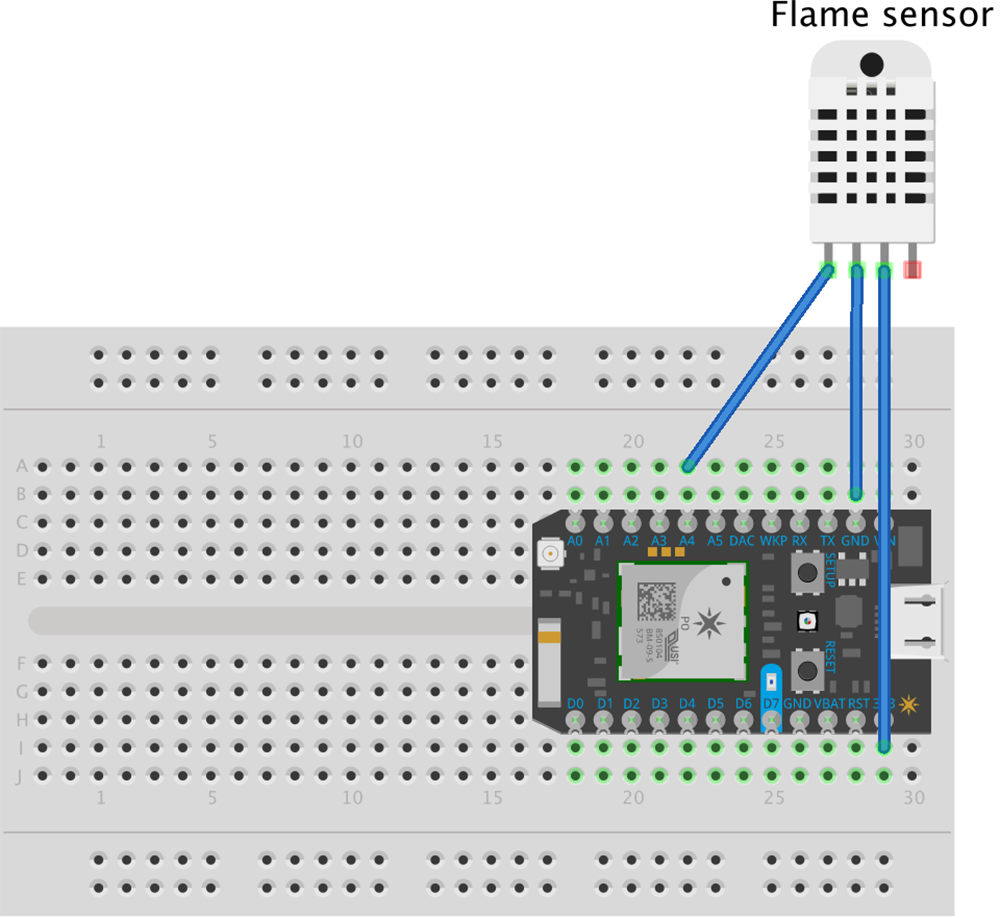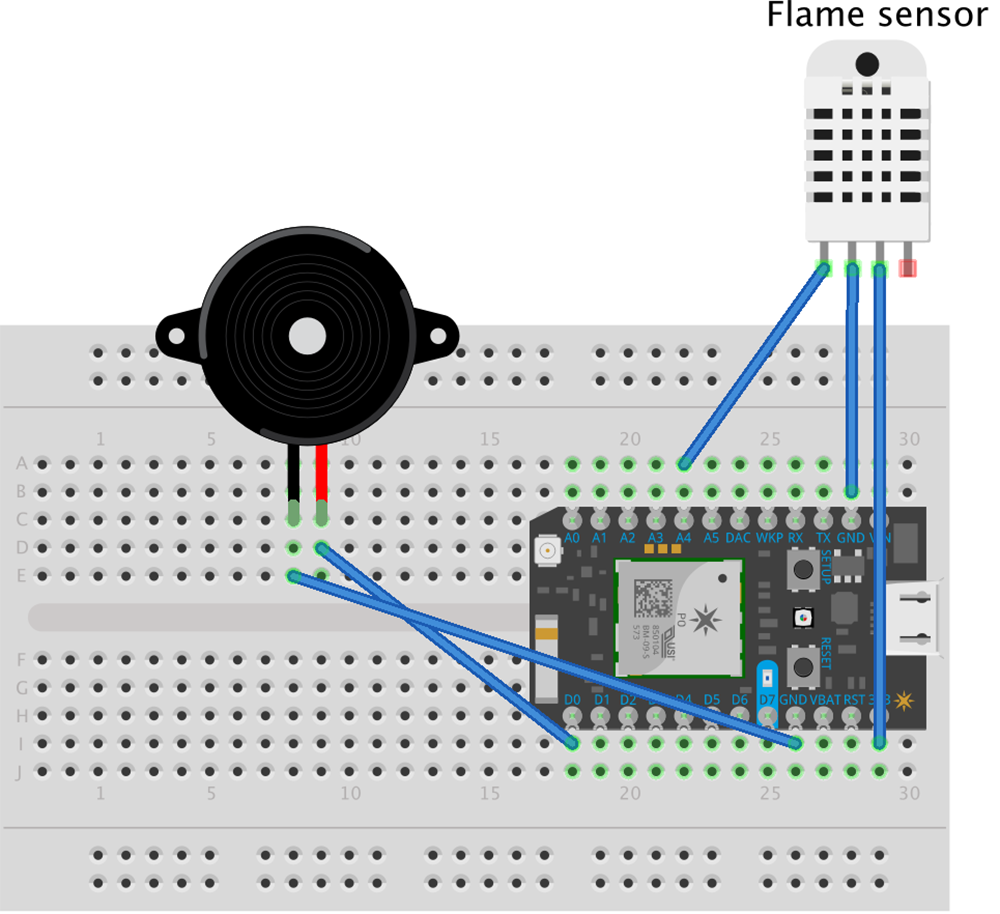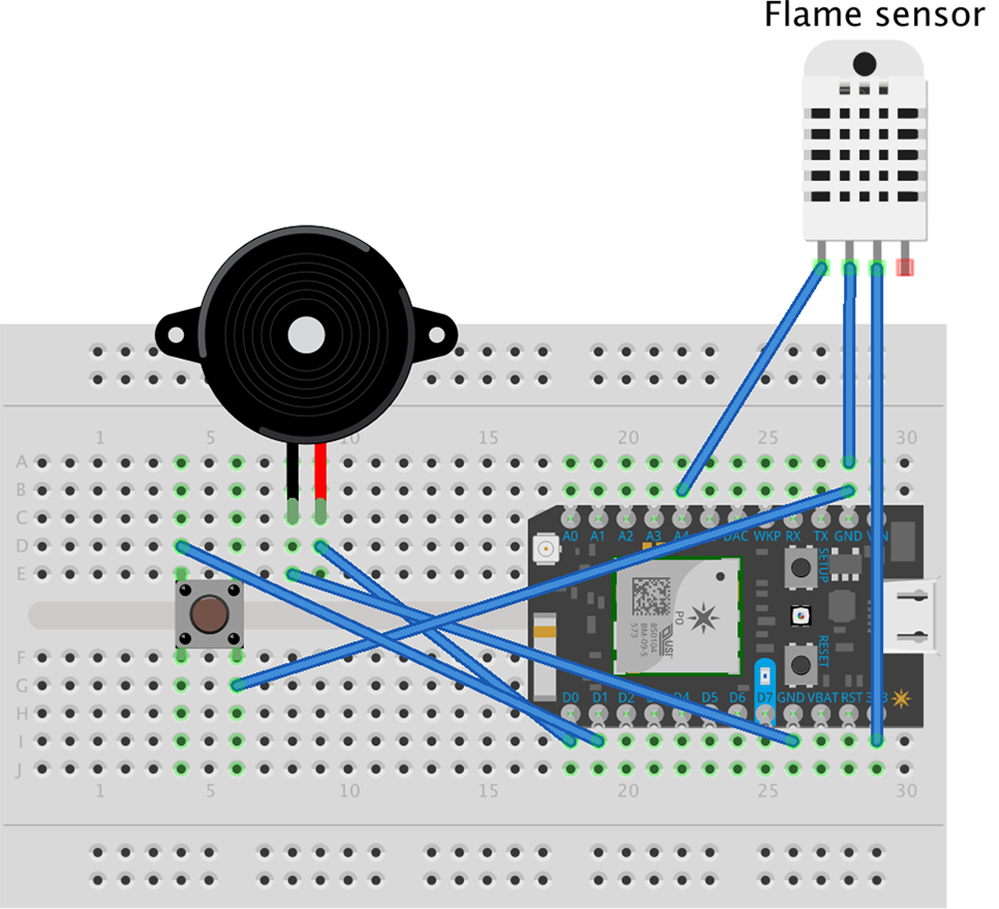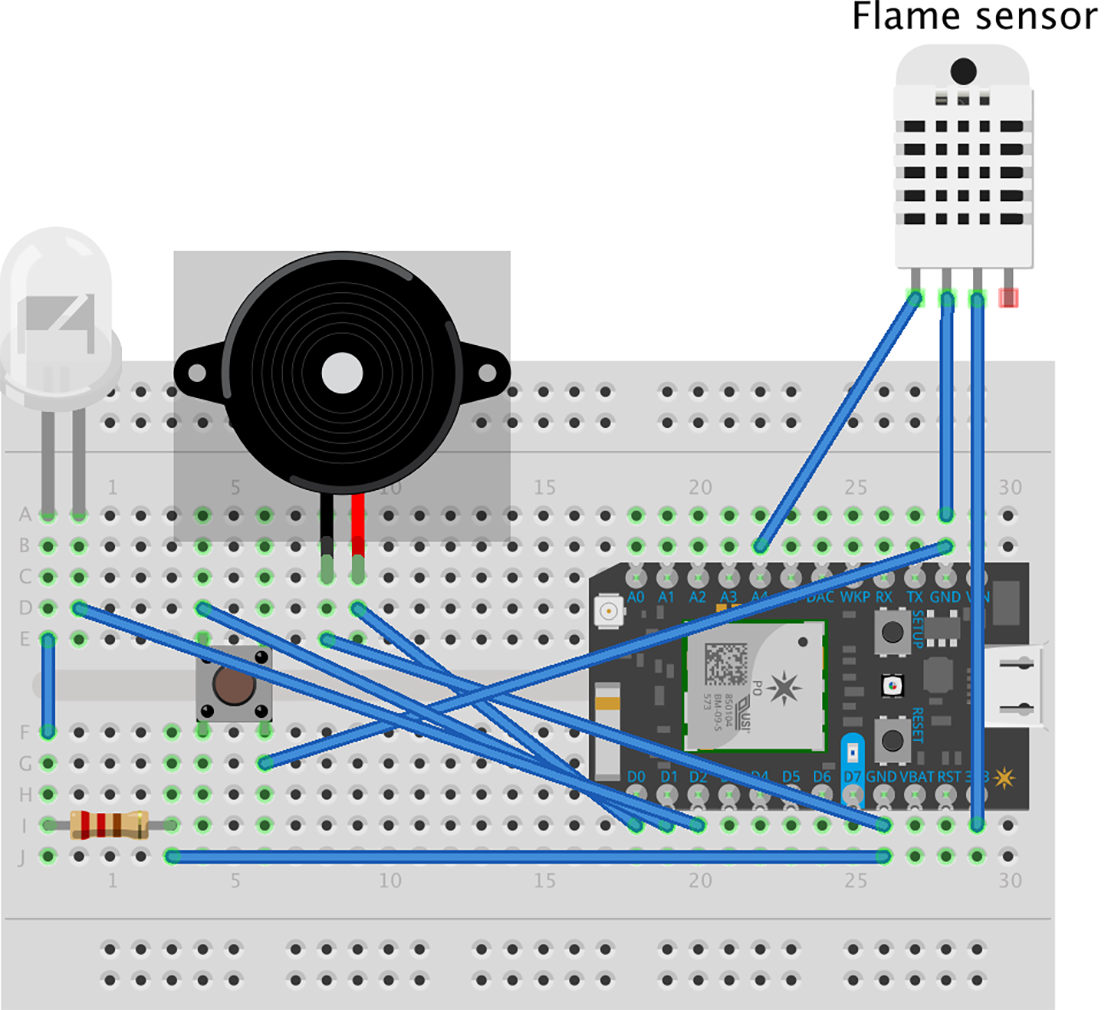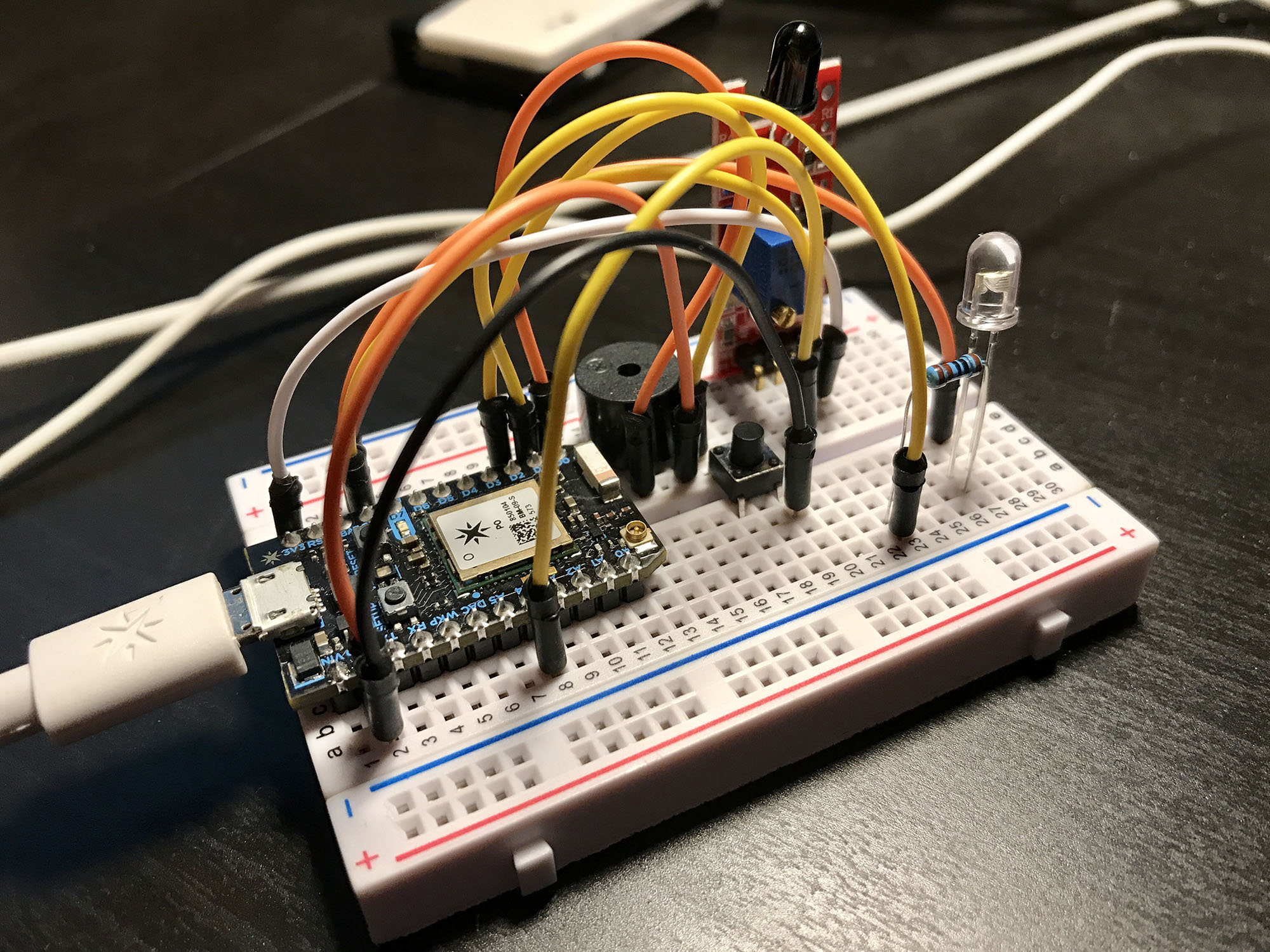Problem Statement
An electrical fire is a fire involving some type of electrical failure or malfunction. In 2007-2011, home electrical fires represented 13% of total home structure fires, 18% of associated civilian deaths, 11% of associated civilian injuries, and 20% of associated direct property damage. Therefore, this device is designed for monitoring and preventing the electrical fire in apartments. It would be especially useful for users who are often not at home. With the IoT technology, this Apartment Fire Monitor can alert the user and even the local fire department remotely.
